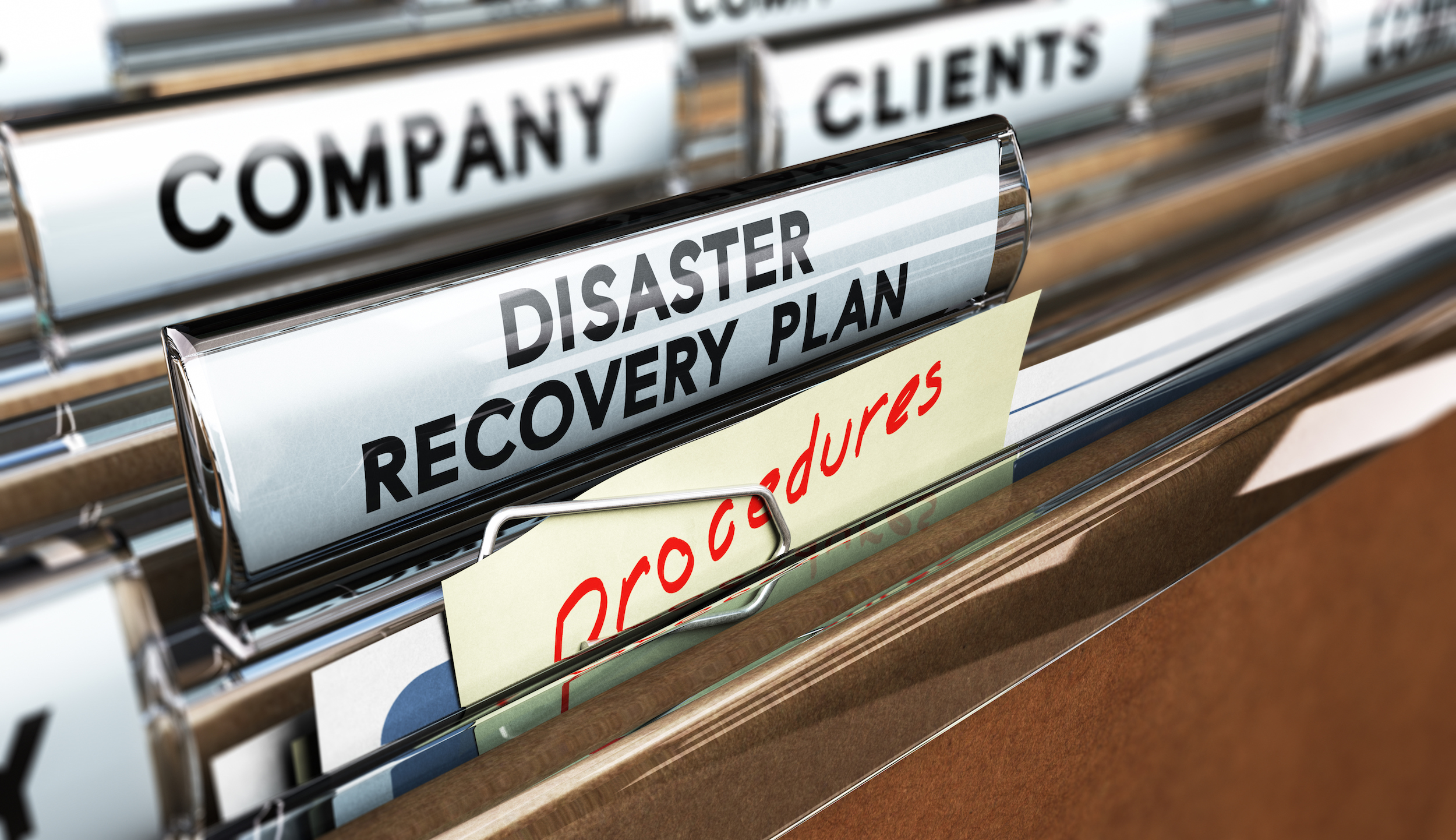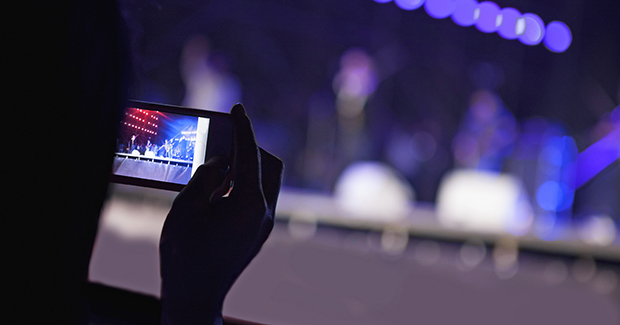
3 Social Media Roles That Can Maximize Your Event Presence
By: Andrea Conrad
Events create great opportunity for your brand to expand its social media presence. They provide energizing and exciting content stories, impactful visuals and big campaign-centric moments that can inject life into a regular social media program.
While events can be very beneficial to social media programs, it’s important to be strategic when maximizing the opportunities they offer.
As part of this process, you need to not only understand what your goals are, but also what types of roles you need to support event coverage and promotion.
To start, it’s important to establish event goals. Some examples may include:
- Driving attendance
- Increasing brand awareness
- Increasing ticket sales
- Identifying cross promotional efforts
- Soliciting feedback about your brand
- Reporting on event happenings and shared value
Once you’ve established your goals for the event, it’s helpful to assign individuals specific roles in order to leverage the event via digital channels.
Depending on the size of your marketing and communications team, these roles can be filled by social media or event specialists. If those roles are not in place, you may have to utilize sales team staff, event staff or other team members.
From my perspective, here are three essential event marketing roles that can drive performance, move the needle forward when mixing them with social media and maximize your event presence:
- Content specialist
The content specialist drafts content around your company or client’s event and should be responsible for the following:
- Researching as much as possible about the event and your company or client’s role so you can draft compelling content.
- Reaching out to event coordinators about social media co-branding opportunities. If you’re a sponsor or partner of the event, you may be able to provide social posts with your company’s key messages that they can use on your channels.
- Communicating with event coordinators and/or event photographers about the use of event photography for social media.
- Writing social posts, blog content and any responses you might receive during the event.
- Preparing social advertisement content about your role at the event.
- Photographer
Images tell stories and content is more impactful when combined with video and images. Before the event, it’s the photographer’s job to search for images that help connect the fan to the event. Depending on the event, the photographer could be the client, someone who was hired to take photos at the whole event or a volunteer.
If you can’t be there to take your own photos or videos, it’s important to make a photo shot list of exactly what you’re looking for. It’s also a good idea to make sure the photographer is armed with specific examples of what makes a great photo.
- Real-time marketer
The real-time marketer is in the field/on site at the event and responsible for engaging with audiences in real time. This role communicates in the moment and helps the audience feel like they’re actually there. The real-time marketer should work with the content creator to fully understand the event and the social media tools available. Finding and utilizing the correct event hashtag is important so you can follow the conversation and catch all social media content related to the event.
Whether you have one of these roles or all three, it’s important to have all your bases covered so you can maximize your event presence.
Which other social media roles have you seen work best when it comes to managing events?



